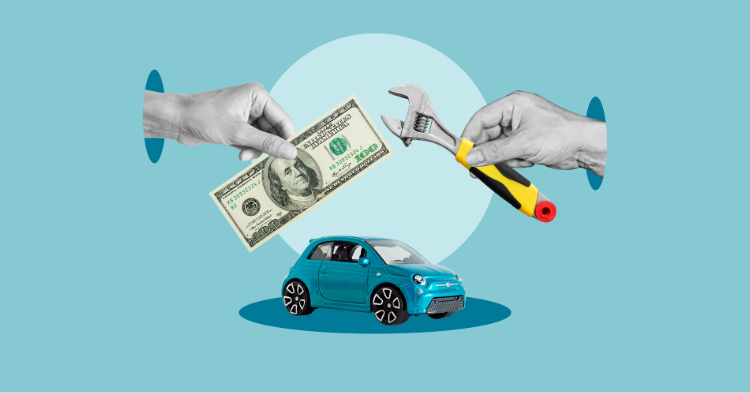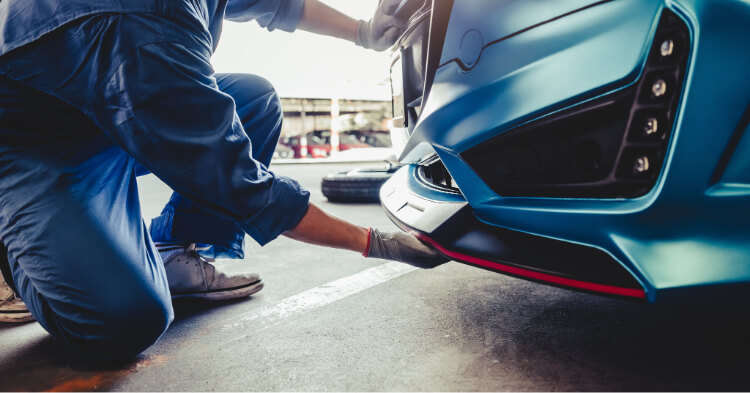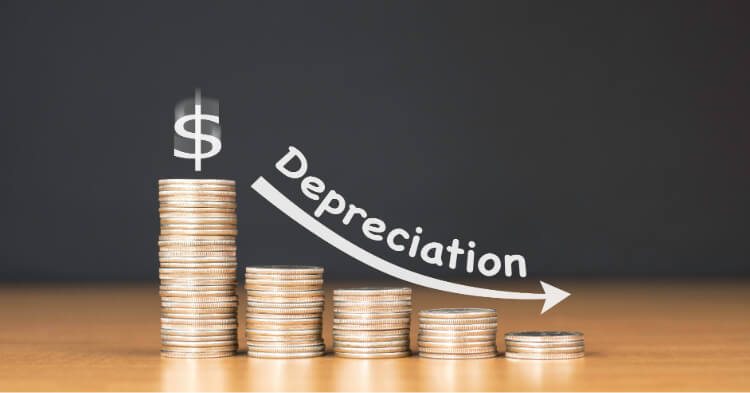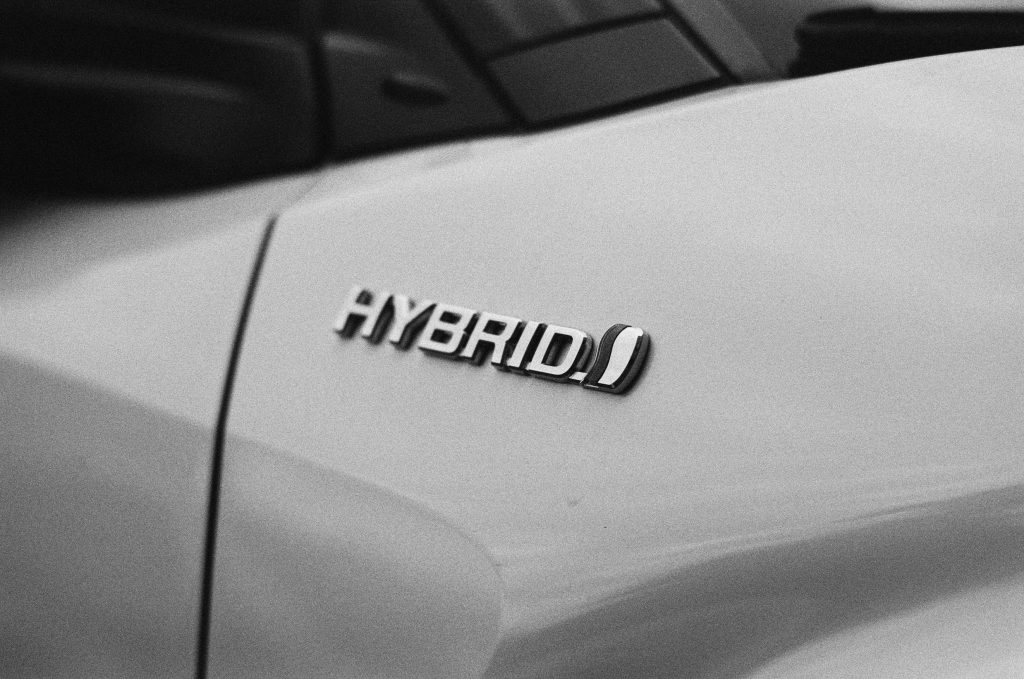Think your vehicle is building value just because you own it? Think again. Learn how depreciation, cost of ownership, and market trends determine whether your car helps—or hurts—your bottom line.

You’re staring at a $3,000 repair estimate for your 10-year-old car, wondering if you’re throwing good money after bad. This scenario plays out thousands of times daily across the country, leaving car owners grappling with one of the most common automotive dilemmas: is it cheaper to repair or replace your old car?

The answer isn’t always straightforward, but there are proven financial guidelines that can help you make the right decision. With average new car payments reaching $738 per month in 2025—over $8,800 annually—the stakes of this choice have never been higher.
This comprehensive guide will walk you through the key factors that determine whether your current car is worth fixing or if it’s time to start shopping for a replacement vehicle. We’ll cover essential financial thresholds, warning signs that indicate replacement time, and smart strategies to reduce repair costs when fixing makes sense.
When deciding whether to repair or replace your old car, the numbers should drive your decision. The most widely accepted industry standard is the 50% rule: if repairs cost more than half your car’s current market value, replacement typically makes more financial sense.
For example, if your car is worth $6,000 according to Kelley Blue Book, any single repair costing more than $3,000 should trigger serious consideration of replacement. This threshold exists because expensive repairs on older cars often signal that other major components may fail soon, leading to a cascade of additional costs.
However, the 50% rule is just the starting point. You also need to factor in that new cars lose 60% of their value within the first five years. On a $35,000 vehicle, this translates to $21,000 in depreciation—a massive financial hit that owners of well-maintained older cars can avoid entirely.
A more comprehensive approach compares your annual repair costs to 10% of a new car’s purchase price. If you’re consistently spending more than $2,500-$3,000 annually on car repairs for a vehicle that would cost $25,000-$30,000 to replace, the financial math starts favoring replacement.
Before making any repair vs replace decision, you need an accurate assessment of your car’s current worth. Use trusted sources like Kelley Blue Book and Edmunds to determine fair market value, considering:
Regional factors matter significantly. Cars in harsh climates or areas with road salt may have lower values due to rust and accelerated wear. Similarly, rural markets often see different pricing than urban areas.
Always compare trade-in values (what a car dealer would pay) against private sale estimates. While selling privately typically yields 15-30% more than trading in, it requires more time and effort.

When calculating whether it’s cheaper to repair or replace your old car, don’t just focus on the sticker price of a new vehicle. Hidden costs can add thousands to your actual expense:
These additional costs mean that a $25,000 new car might actually cost $30,000+ in the first year when you factor in taxes, fees, and depreciation.
The decision of whether it’s cheaper to repair or replace your old car requires careful consideration of multiple financial and personal factors. While the 50% rule provides a solid starting point, your specific circumstances—including budget, reliability needs, and personal situation—ultimately determine the best choice.
Remember that new cars depreciate rapidly and come with higher insurance costs and payments, while well-maintained older cars can provide years of economical transportation with proper care. Take time to calculate the true costs of both options, get multiple repair quotes, and consider your long-term transportation needs before making this significant financial decision.
Whether you choose to repair or replace, make sure your decision aligns with your overall financial goals and provides the reliability you need for your daily driving requirements.
Ultimately, the question of whether it’s cheaper to repair or replace your old car comes down to your specific financial situation and needs. Create a comprehensive one-year budget comparing expected repair costs against total replacement expenses.
Consider factors beyond pure economics:
If you depend on your car for daily commuting or family transportation, the peace of mind that comes with a newer car and warranty coverage might justify higher costs.
Sometimes a car has sentimental value or you’re simply comfortable with your current vehicle. These factors have real value in your decision-making process.
Upcoming life changes—new job, growing family, changed commute—might influence whether investing in your current car makes sense or if different transportation needs require a replacement.
Your budget, credit situation, and tolerance for unexpected repairs all play roles in this decision. Some people prefer the predictability of a monthly car payment over the uncertainty of repair bills.

Think your vehicle is building value just because you own it? Think again. Learn how depreciation, cost of ownership, and market trends determine whether your car helps—or hurts—your bottom line.

Ever wondered why your shiny new ride loses thousands in value the moment you drive it off the lot? Let’s break down the mystery behind car value depreciation, why it happens, and how you can slow it down to keep more money in your pocket.

For years, minivans were seen as practical but bland—a reliable choice for families, but far from exciting. Fast forward to 2025, and the story has changed. Today’s minivans are smarter, better-looking, and packed with modern tech. More families are ditching the SUV trend and coming back to what really works.

webuyanycar.com, the leading car buying service, is proud to announce the purchase of its 400,000th vehicle in the United States. This milestone is a testament to the company’s commitment to providing an easy, fast, and transparent car-selling experience to its customers.

Curious about the best selling cars of 2024? Leading the pack are the Tesla Model Y, Toyota RAV4, and Ford F-Series. Dive in to see why these cars are the top picks for consumers this year.

Hybrid vehicles: you’ve probably heard of them, but do you know what makes them so unique? They’re not just a trend, they’re a testament to the evolution of automotive technology designed to enhance efficiency and sustainability. But let’s not stop at the surface. In this article, we will discuss hybrid vehicles and delve deeper into the world of hybrids and gain a comprehensive understanding of what makes them stand out in the world of automobiles.
